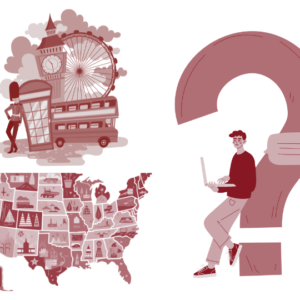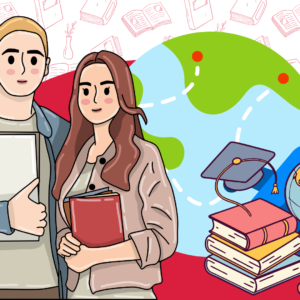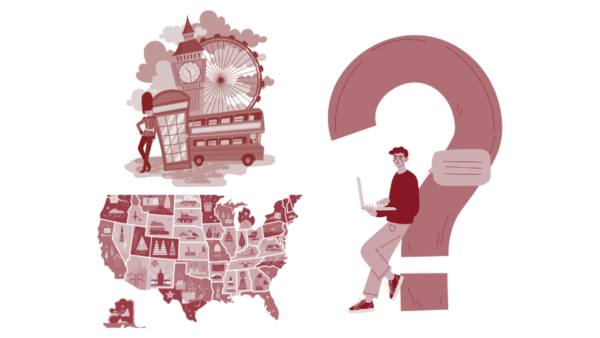While the 2020 pandemic was a blow to everyone around the world, it had a particular impact on the student community.
They were all stuck. And being stuck only meant rising fear, insecurity, and a general sense of uncertainty over their well-being. Many students were stuck in countries that weren’t their own, and in unprecedented times like these, all one wanted was to be home. This distance, and unpreparedness to manage the disease not only exacerbated their rising fears around health, finances, and future but also added to the woes of health and security of those at home.
Sameer Tandon, a PhD student in Spain, says that his anxiety reached an all-time high in March when the pandemic had just begun showing a global trend. Already diagnosed with a borderline obsessive control disorder, Tandon was losing himself as he saw the panic rising, university shutting its campus, and eventually flights getting cancelled. This only meant that he won’t be able to go home in Kolkata in India, and would have to manage his anxiety as panic grew not only in Spain but around the world.
Students, undoubtedly, have been hit hard by the pandemic. Despite the best efforts of teachers and administrators, the experience of learning was not the same. . Most of them had to forego their traditional learning system, in-person and hands-on learning, the opportunity for peer-driven social and emotional development, and most definitely a cheap and healthy access to meals. This proved to be highly disruptive for students’ mental health on a number of levels, particularly around fear and worries about their health, loss of their inability to connect with peers in person, grief over having lost loved ones, and stress over not having some of their basic needs met. Experts have pointed out in various interviews that students within communities of colour were found to be significantly impacted by the virus because their struggle with discrimination increased and they further felt marginalised. The beginning of the pandemic itself felt nothing less than a full-blown crisis for the kind of impact it had instantly, and the kind one could anticipate in the long term. Mental halth experts have pointed out that they were seeing some of the same psychological impacts on teachers and students as they saw on frontline health care workers.
While the world continued to battle coronavirus, college health professionals were particularly baffled by monitoring a growing crisis among young adults struggling with mental health problems, including suicidal ideation, anxiety and depression related to the pandemic. It was found in several surveys that students suggested their mental well-being being devastated by the pandemic’s social and economic consequences, in addition to the continued uncertainty about their college education and post-college careers. While still emerging from the emergency closures of campuses across the world during the spring semester and the sudden shifts to online instruction, students were then beginning to be worried about the fall semester. Whether campuses that reopened for in-person instruction were a good choice as COVID-19 infections continued to spread? was a typical question that began bothering a lot of them.







![Best Universities in New Zealand for International Students [2025 Rankings]](https://tcglobal.com/wp-content/uploads/2025/09/Best-Universities-in-New-Zealand-for-International-Students-2025-Rankings-600x338.png)